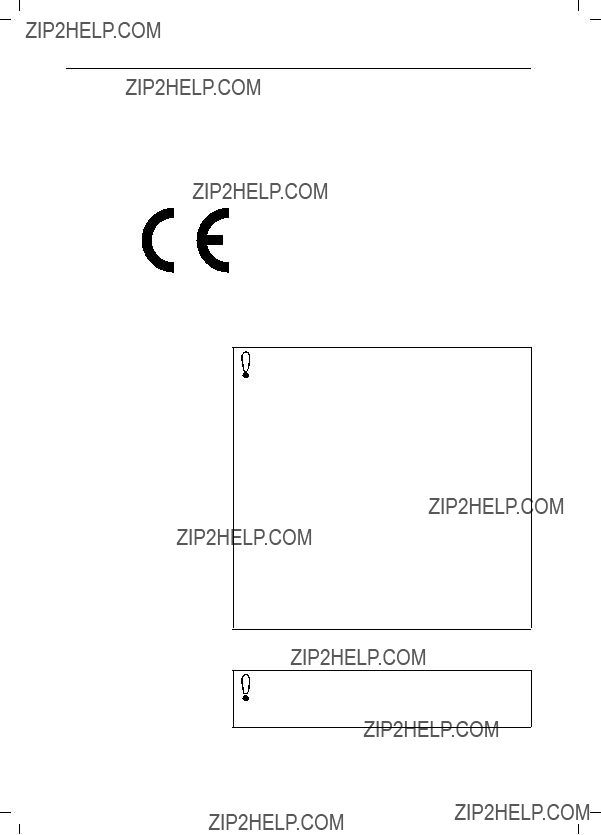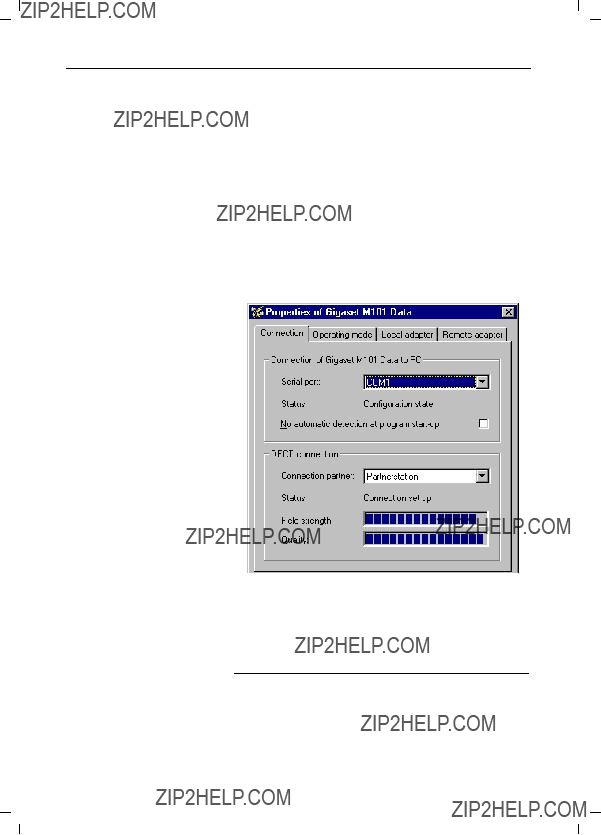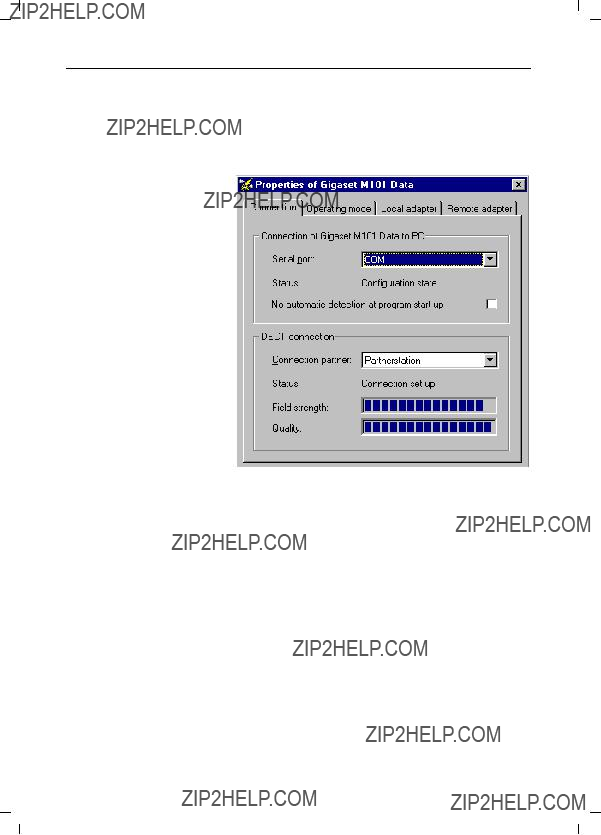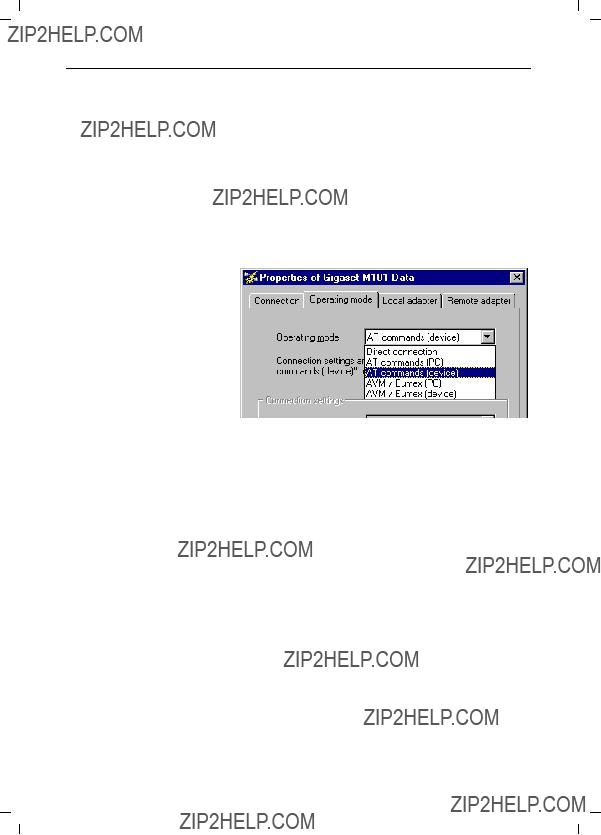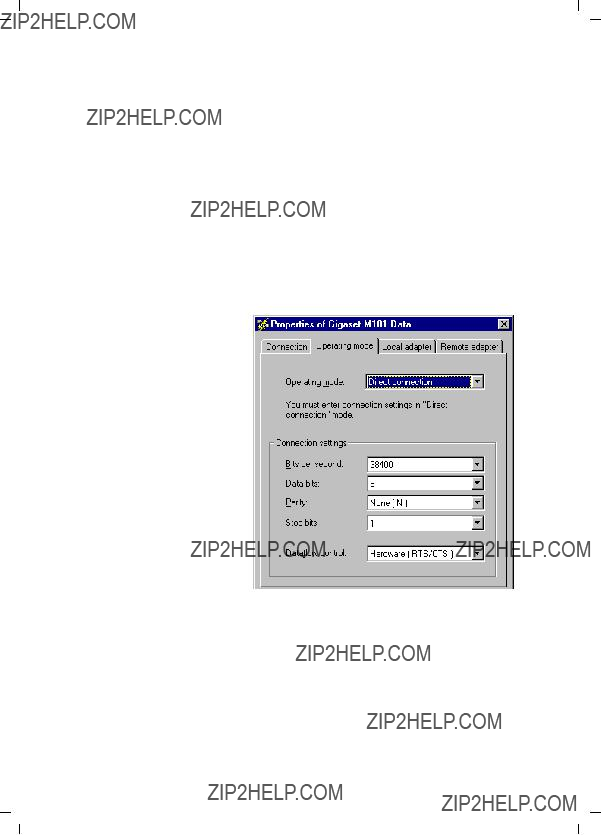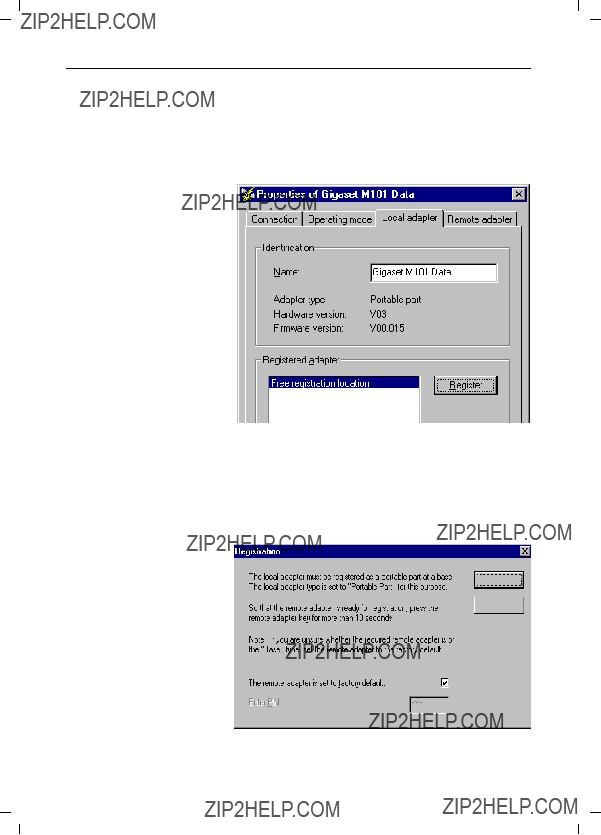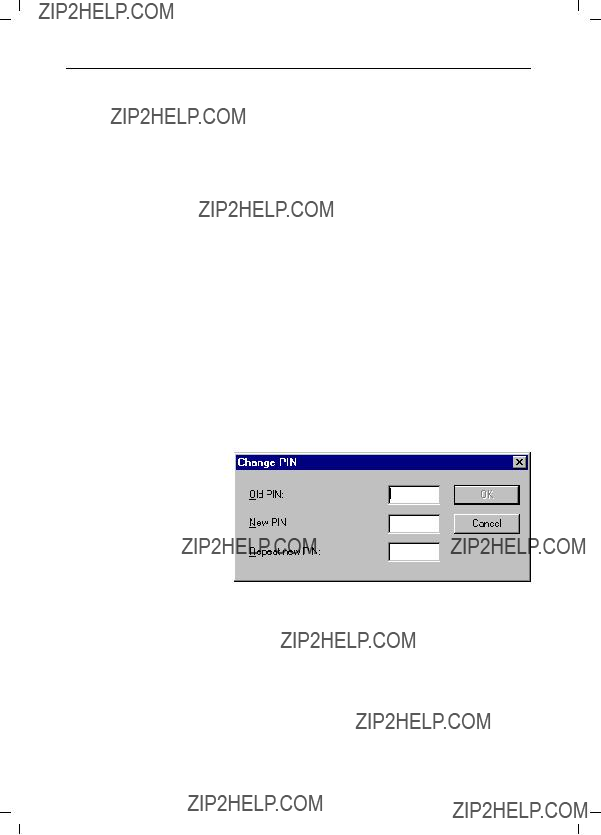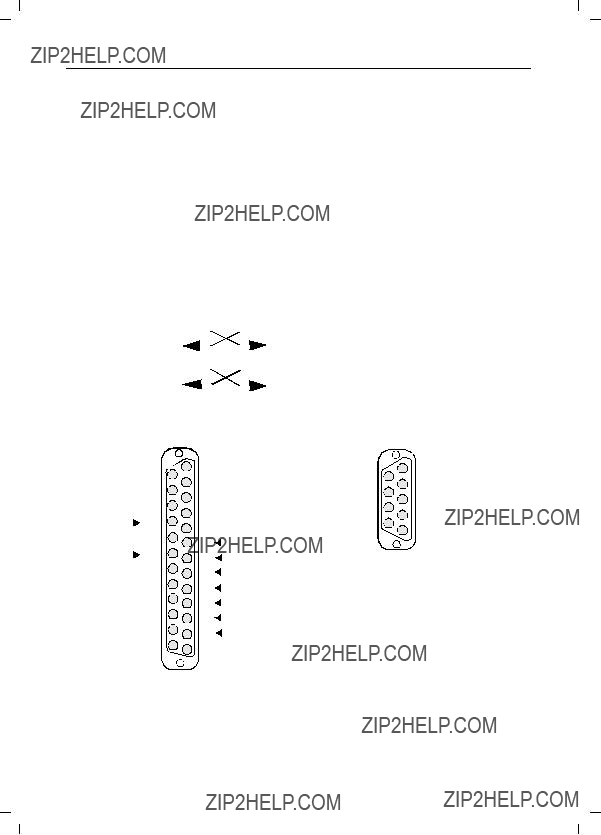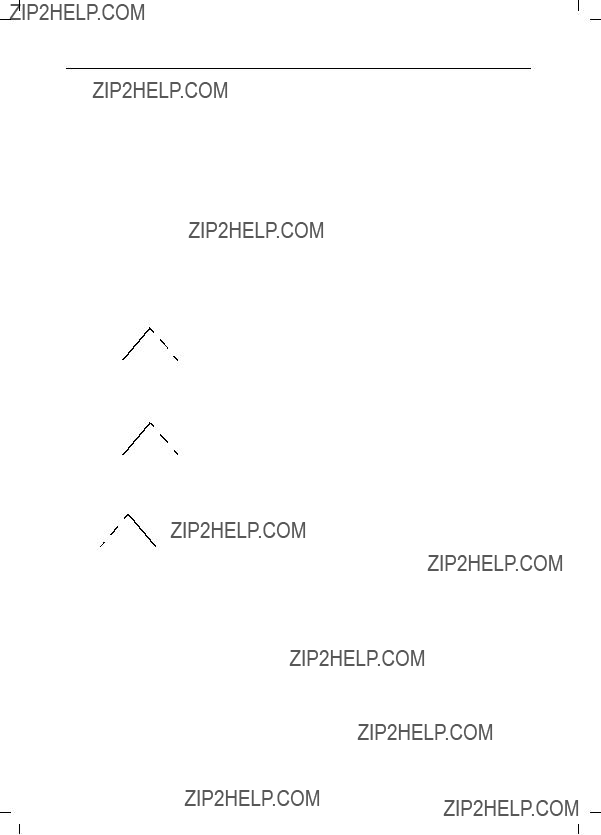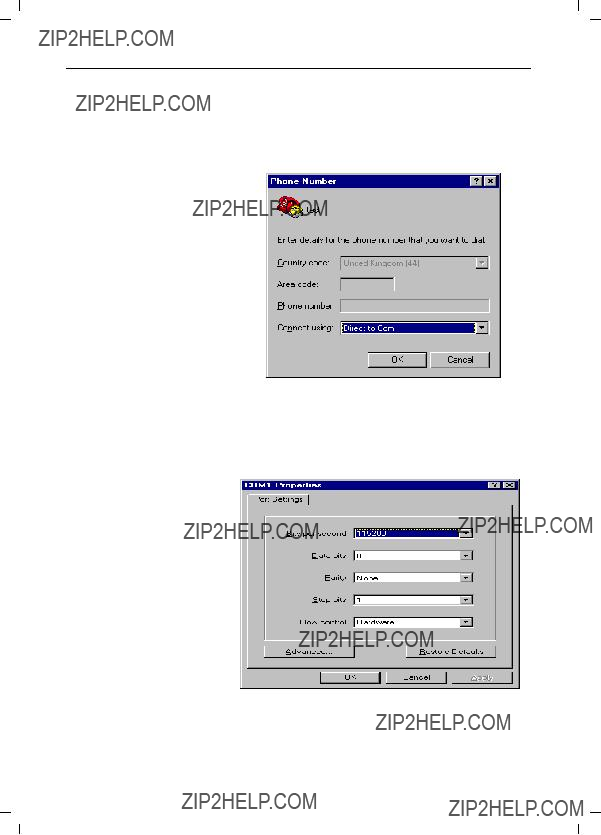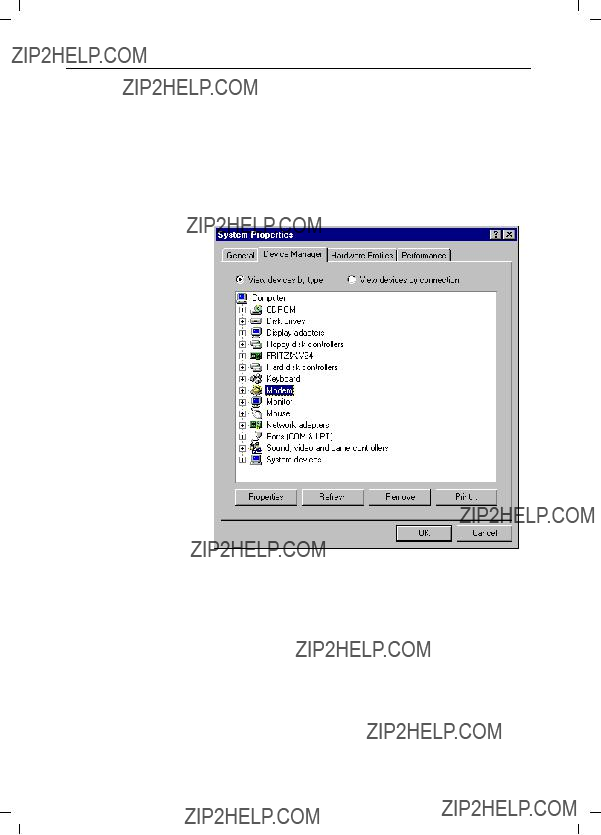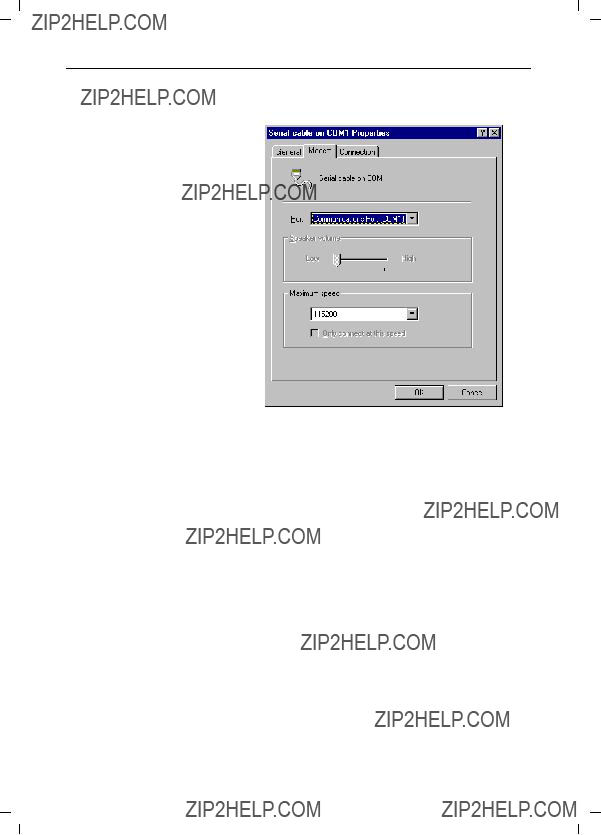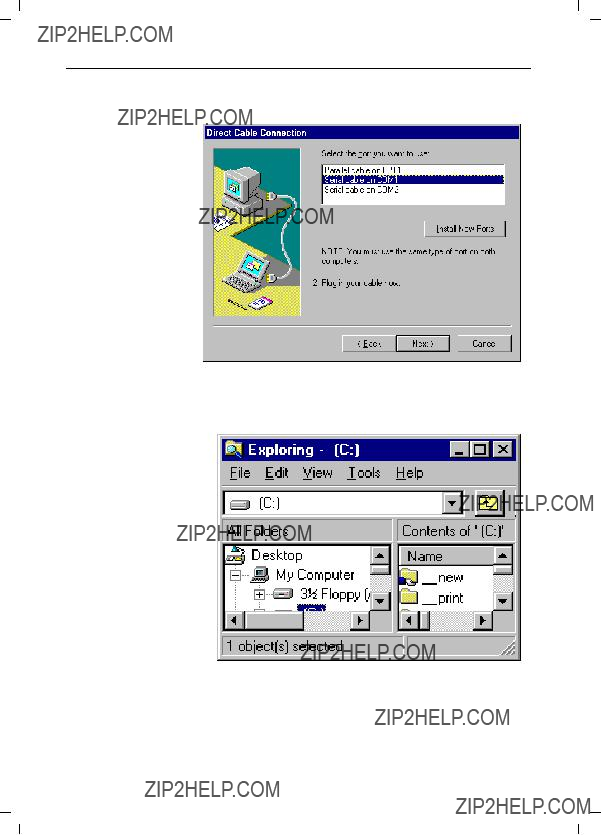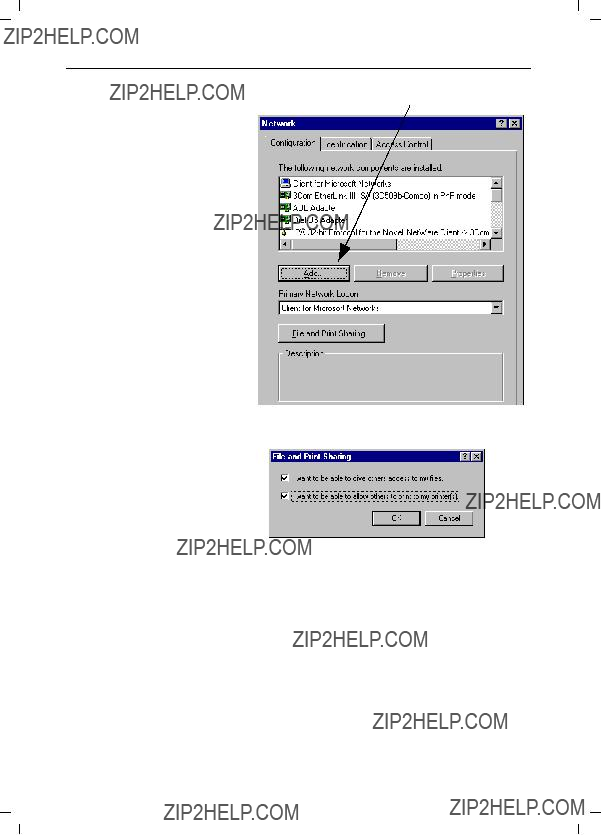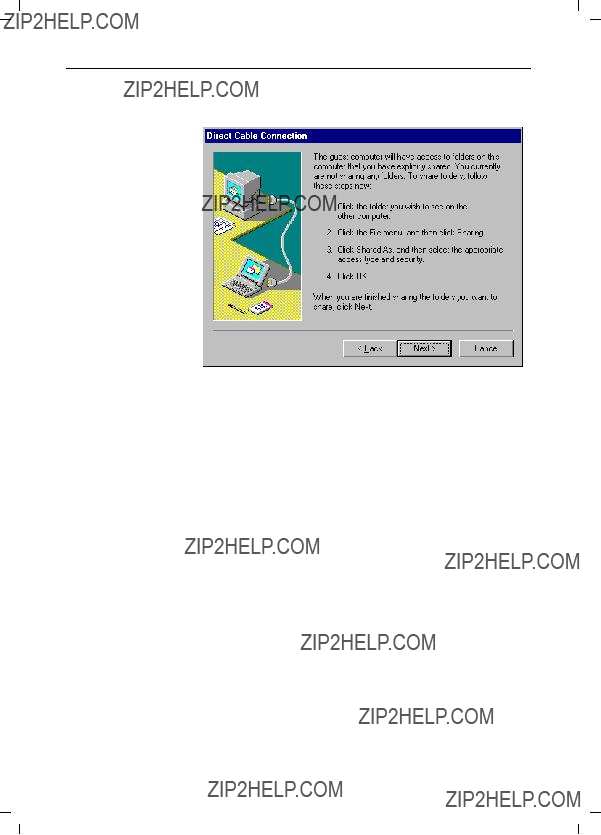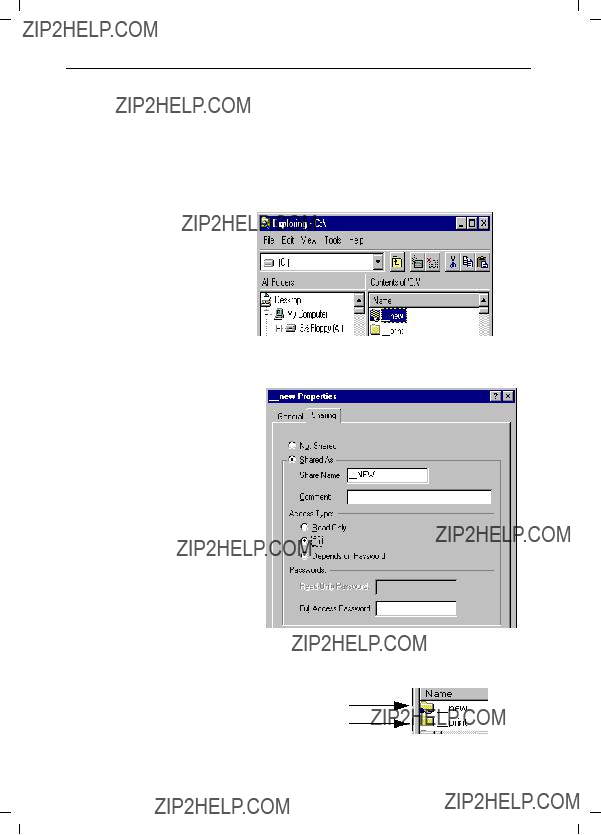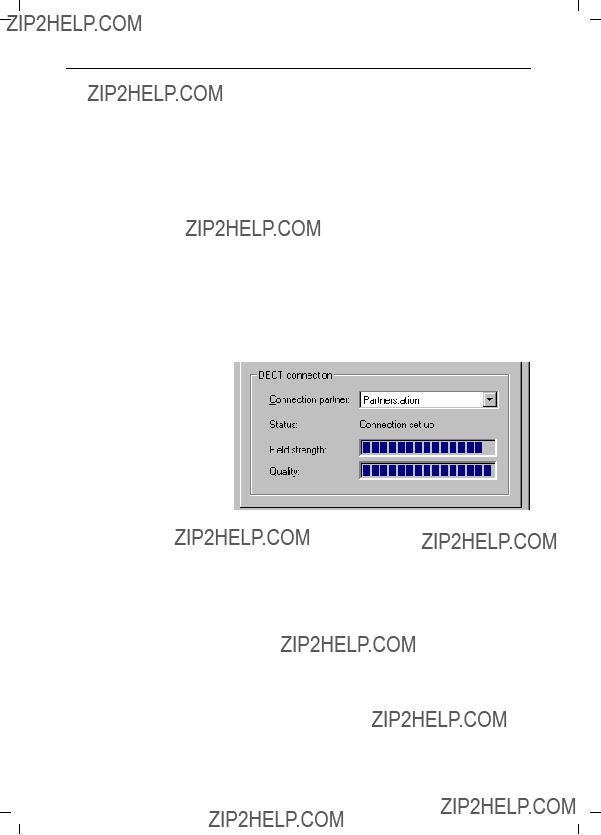What happens if...
What happens if...
If a malfunction occurs, check the following points:
???Both stations are powered.
???The cable connections to the connected devices are fully in- serted and screwed in.
???The stations are not too far apart and are there are no large parts of buildings in between.
???Registration was successful.
???The lokalen Station operating mode is "AT commands, local" or "AVM/Eumax commands, local".
or:
???The lokalen Station operating mode is "Direct connection" and you have set the direct connection transmission param- eters in your communication software.
If the malfunction still occurs after checking all the above points, reset both Gigaset M101 Data units to the factory defaults, see page 19.
If the malfunction persists, call the hotline at 0180 5 333 220.
Internet: www.siemens.de/gigaset
Notes on installation and operation
Place of installation
There must be a 220/230 V AC 50 Hz power socket in the vicin- ity.
The Gigaset M101 Data should not be installed in the immediate vicinity of other electronic devices, such as hi-fi systems, office equipment or microwave ovens, otherwise there is a risk of mu- tual interference.
Place the Gigaset M101 Data unit on a level, non-slip surface. The device feet do not normally leave any unsightly marks. How- ever, in view of the many different varnishes and polishes cur- rently used for furniture, the possibility of marks being left can- not be ruled out.
Radio communication between Basis and Teilnehmer is based on the DECT standard. The Gigaset M101 Data complies fully with the relevant European directives. Should you nevertheless experience sound or picture distortion with your satellite signal receiving equipment, please get in touch with your dealer to have it tested for shielding faults.
Depending on the ambient conditions, the maximum radio range between the local station and the Partnerstation is ap- prox. 300 m outdoors and approx. 50 m indoors.
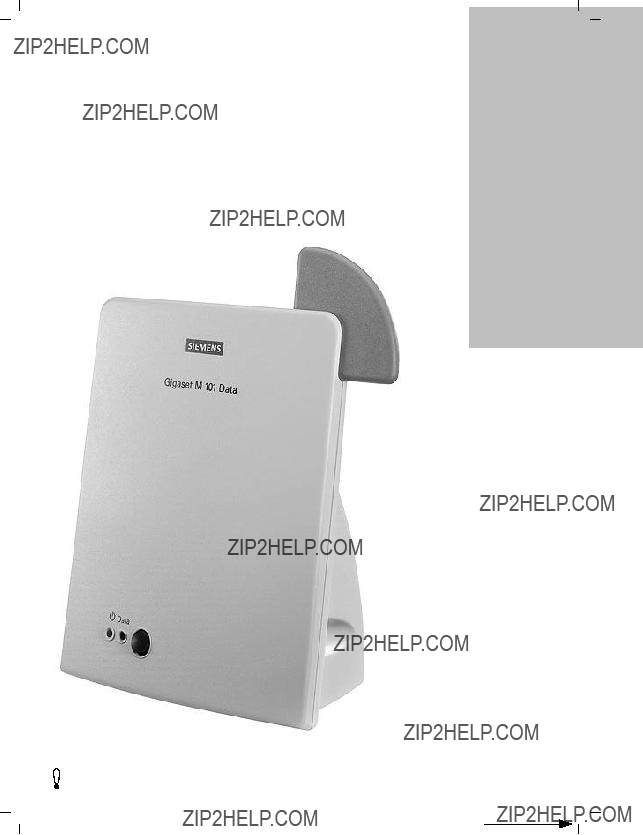
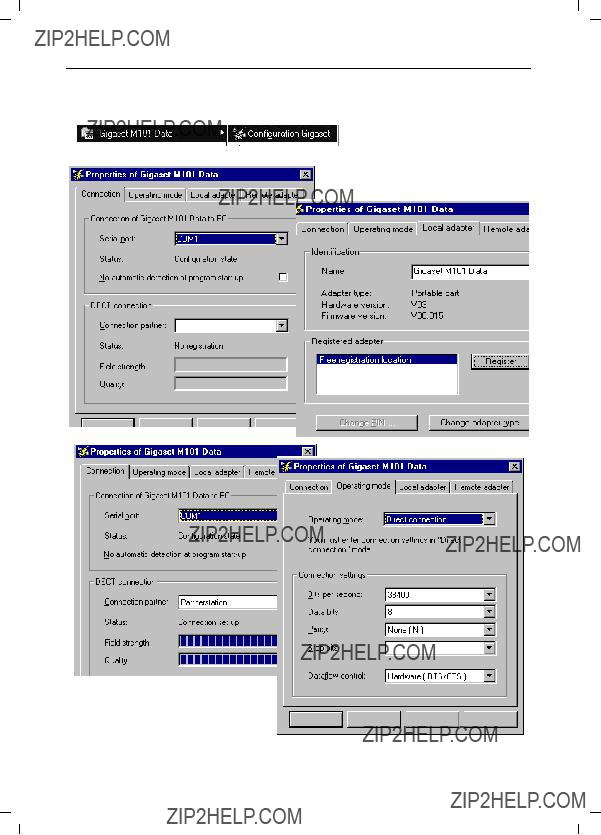
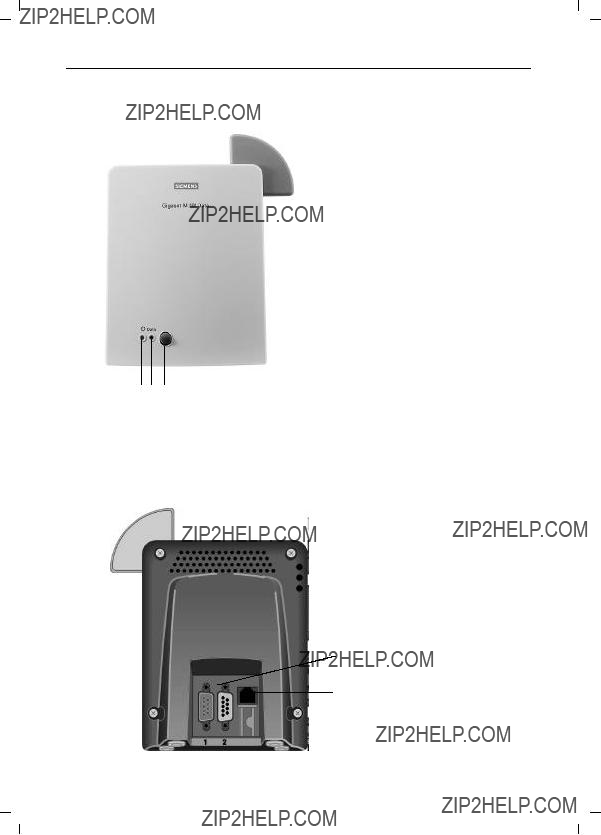
 4
4

